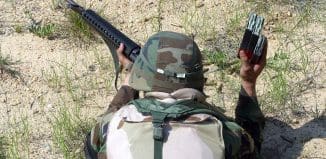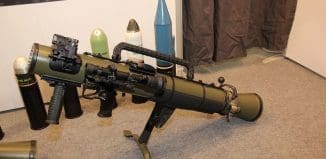Flexible Armor Inspired by Marine Biology
This post is also available in:  עברית (Hebrew)
עברית (Hebrew)
In an article published in the July issue of the journal Acta Materialia, engineers at the University of California, San Diego describe how the structure of the boxfish could serve as inspiration for body armor, robots and even flexible electronics.
The boxfish’s unique armor draws its strength from hexagon-shaped scales and the connections between them, engineers have found. The boxfish’s hard frame and flexible body make it an ideal animal to study for inspiration for armor materials. They scales are connected by sutures, similar to the connections in a baby’s skull, which grow and fuse together as the baby grows.
Most fish have overlapping scales, said Steven Naleway, a materials science and engineering Ph.D. student and co-author on the paper. “That means that there are no weak points, should a bite from a predator land exactly in between scales,” he said. “We are currently investigating what mechanical advantage scales and sutures might provide. We know that the boxfish has survived for thirty-five million years with this armor, so the design has proved very successful in nature.”
Each hexagonal scale has a raised, star-like structure in the center that distributes stress across the entire surface. Under the scales, the team found an inner layer that forms a complex structure in which collagen fibers interlock. This structure creates a flexible inner layer in the armor, which is difficult to penetrate due to the interlocking collagen fibers. Together, the outer and inner layers of the boxfish armor provide the fish with protection unique in the natural world.
Marc Meyers, one of the two senior authors on the paper and Professor of Materials Science at UC San Diego said: “These damage-resisting structures have evolved for millions of years in nature and are being studied with support of the U.S. Air Force to hopefully guide us to bioinspired designs that will offer more protection against impact than our conventional ones.”





























